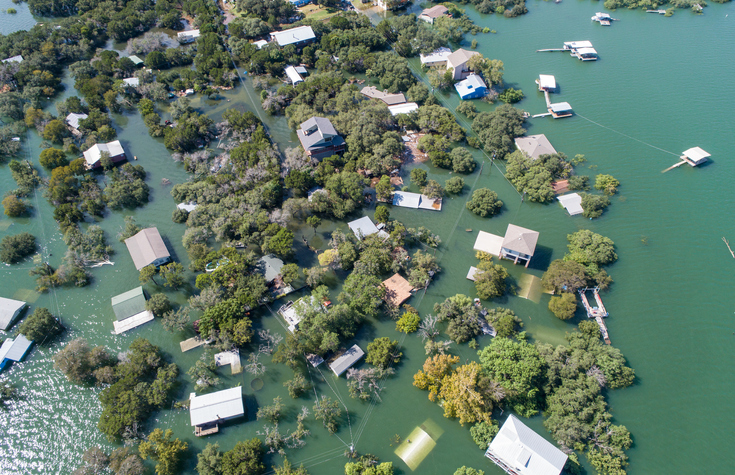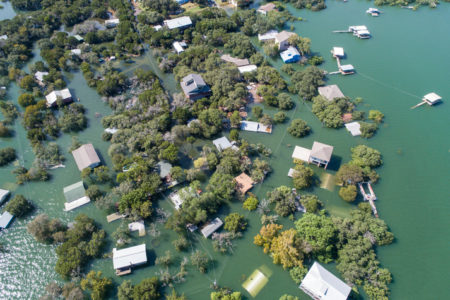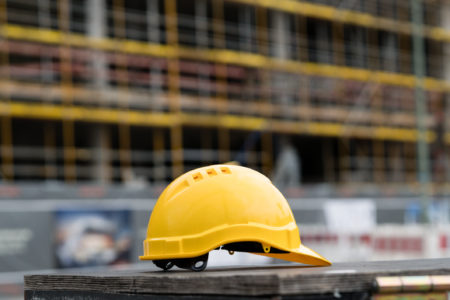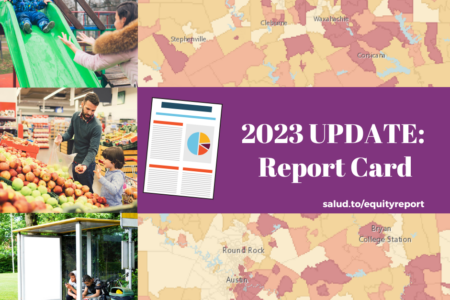
Share On Social!
The threats posed by climate change are growing every day, and they threaten severe impacts on public health, society, and housing.
As climate change causes more powerful storms like Hurricane Harvey with increased frequency and intensity, housing developers are increasingly interested in disaster resilience.
How Does Climate Change Affect Housing?
Some of America’s most significant cities face the highest risks, as most are near a coast. Worse, these urban hubs contain high populations, capital assets, and ports that influence the national economy.

Protecting the nation and the world’s most populated areas should be at the forefront of every government official’s mind in the immediate future.
Recently published assessments of Califonia cities’ carbon footprint found that, for most coastal California cities, “infill” housing—housing built in urban areas, near transit, jobs, and services—can significantly decrease the overall atmospheric pollution rates.
“The relationship between housing and transportation emissions is not complicated,” explains Kammen, Chair of the Renewable and Appropriate Energy Laboratory at the University of California, Berkeley, told Planetizen. “By making housing shockingly expensive near jobs and transit, cities force low-income and working-class people to live far away from where they work.”
From a research perspective, the main challenge is discovering and developing practical solutions to climate change, housing issues. The report also notes that urban climate change adaptation is garnering international support.
How Different Cities Address Affordable Housing and Climate Change
The City of Santa Cruz recently announced its support of California’s Senate Bill 5, which establishes a state partnership with cities and counties.
It aims to provide an ongoing, sustainable source of funding that will allow Santa Cruz to address its affordable housing shortage.

The bill will also establish a new, state-backed property tax increment program that provides cities and counties the resources they need to subsidize affordable housing. It also offers opportunities to invest in the infrastructure required to support housing. Further, the legislation will encourage investments in housing near job centers to reduce long driving commutes.
Their overall goal? Bring the state closer to its intentions of reducing greenhouse gas emissions and addressing climate change.
In Galveston, Texas, a barrier island 30 miles off the Texas Gulf coast, a new affordable housing development called Villas on the Strand kept residents safe and weathered the storm with minimal damage.
“The four fundamental requirements of a home are that it be clean, safe, warm, and dry,” Philip Payne, CEO of Ginkgo Residential, told Shelter Force.
Moreover, 40% of California’s greenhouse gas emissions come from transportation. Worse, that rate is on the rise. Hence significant changes to how communities and transportation systems must be planned, funded, and built.
In Albany, California, city legislators are working together to improving Albany’s jobs/housing ratio will increase the number of employment opportunities in the City. Improving commute distances, mainly if affordably priced housing is located in areas with a high number of jobs and employees can commute to work using alternative modes.
Check out more stories on affordable housing and also read our research review on how the state of housing, transportation, and green space affects Latino Health.
Learn: Major changes in Affordable Housing!
Explore More:
HousingBy The Numbers
56.9
percent
of Latinos are "housing cost burdened"



